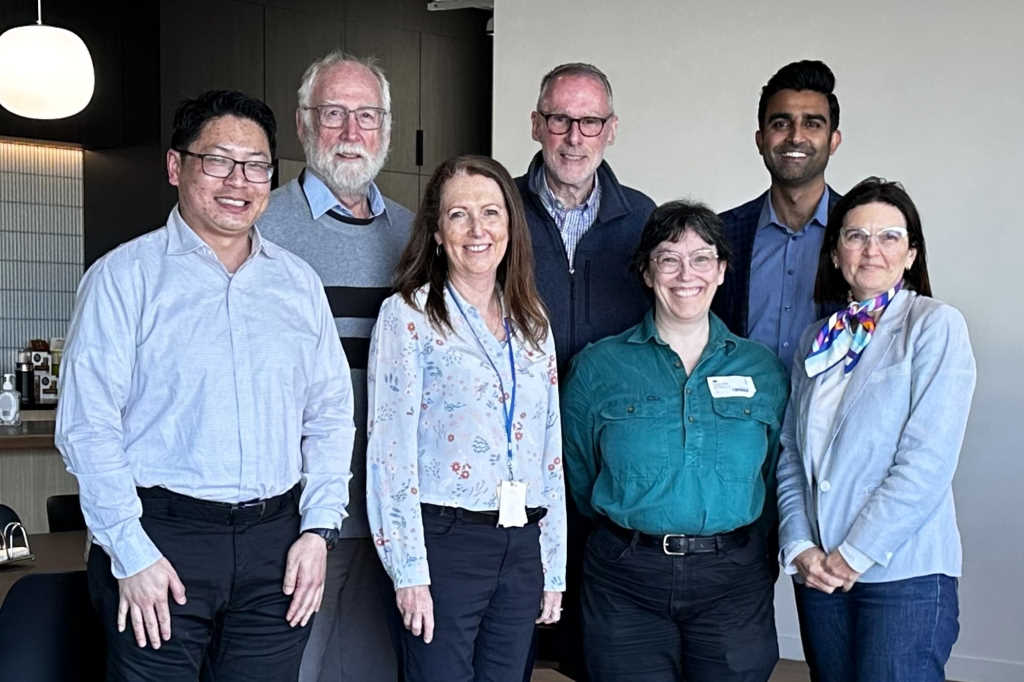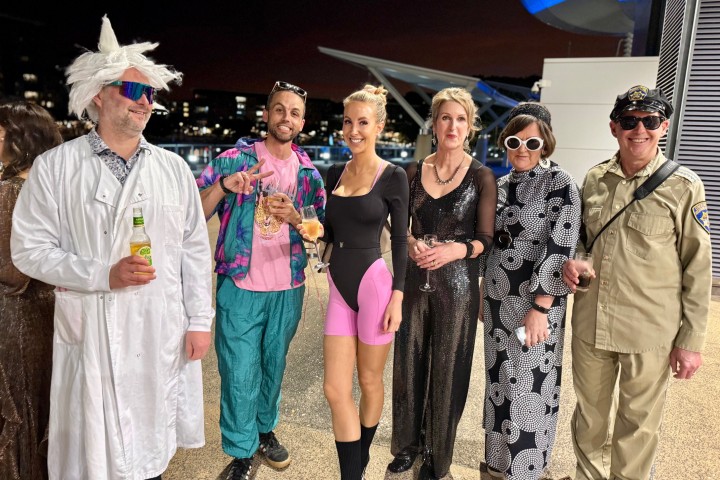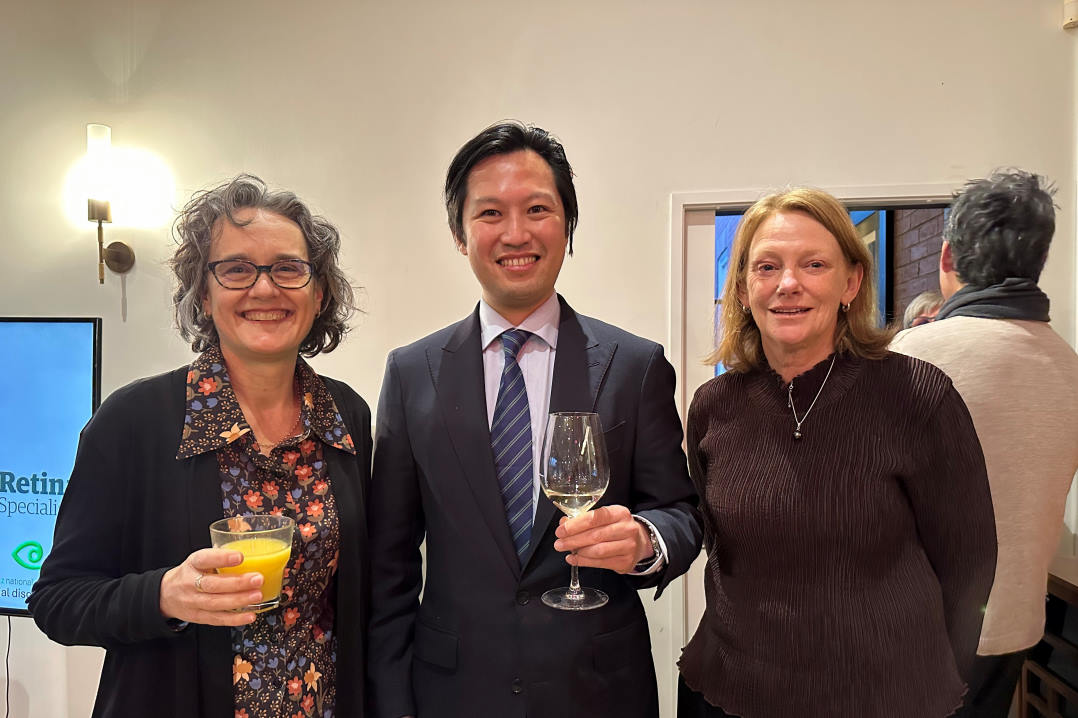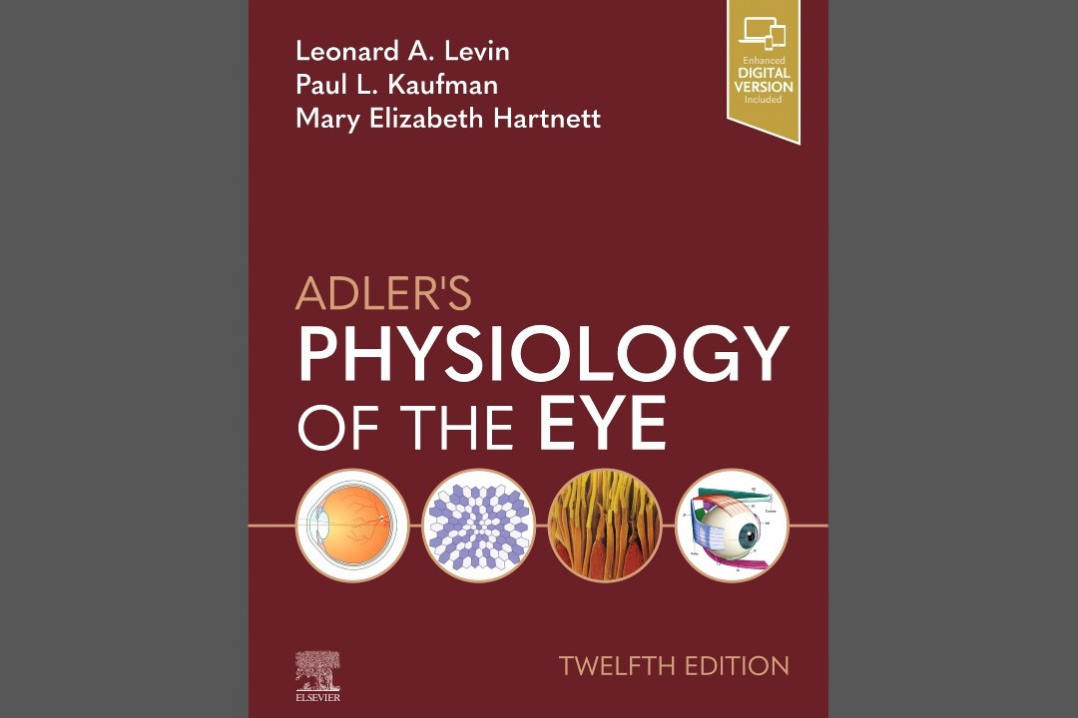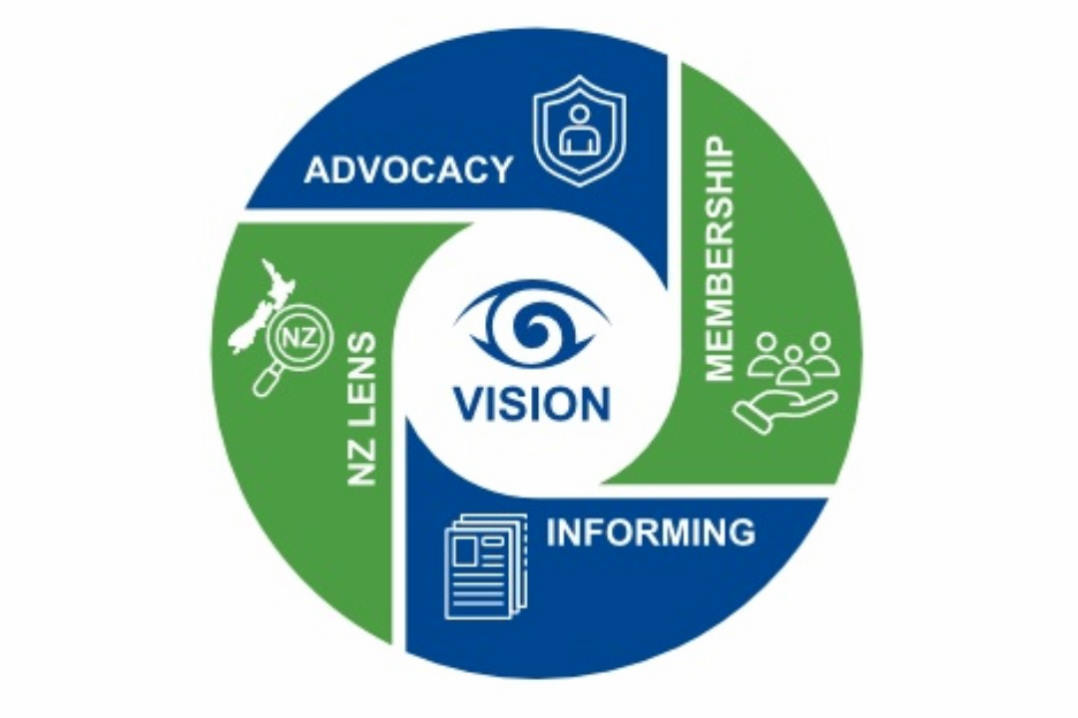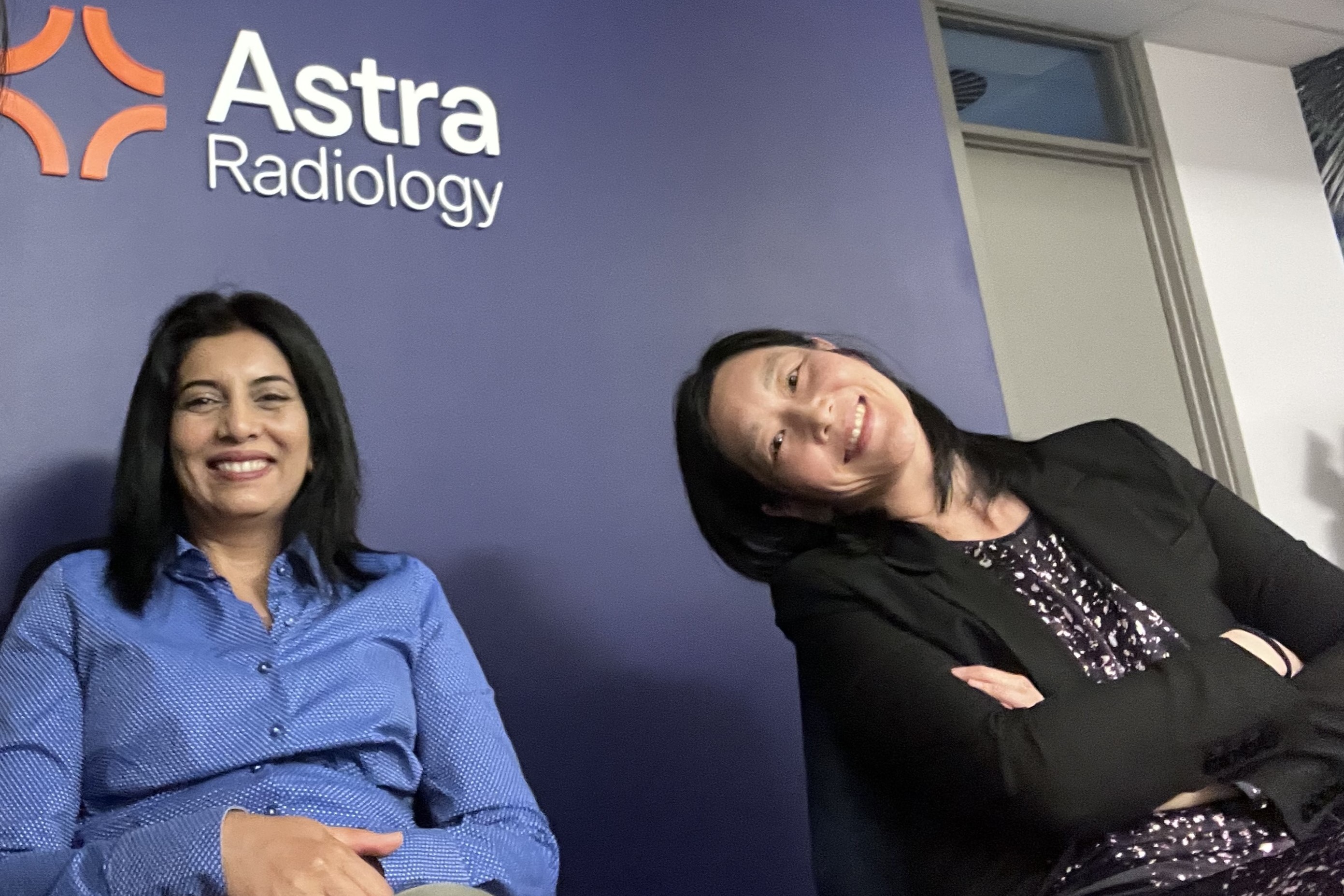Maintaining eye standards in ANZ
Product standards are written to ensure the things we use every day are safe and fit for purpose. The world of eye health is no different, with everything from the refractor heads and vision charts used in the consulting room to the sunglasses and spectacles we provide our patients all governed by product standards.
Locally, standardisation activities are governed by Standards Australia and Standards New Zealand. Both committees’ members are volunteers representing their nominating organisation, working together to reach consensus. Input from New Zealand is an important factor to maintain standards across the region and we need at least two members from New Zealand for the standard to be considered by the New Zealand authorities. We are also reliant on collaboration to promote harmonisation and ensure the standards developed in Australia include input from New Zealand.
The model has worked well for many years to try to ensure the same standard applies to products such as sunglasses and spectacles, whether they are bought in New Zealand or Australia. An important difference, however, is that the sunglass standard is only legally mandated in Australia. This disparity was highlighted in a recent Consumer NZ report which found that 21 of 50 products tested in New Zealand did not comply with the standard¹.
More recently, a new system of ‘user pays’ was adopted, which meant Standards New Zealand could opt in or out of the development of a new standard. So New Zealand products may now be subject to different standards to those across the ditch. Aside from the obvious challenge for the manufacturers, distributors and retailers who have to keep track of dual standards, it also means that the country’s standards may no longer keep pace with Australian or international perspectives.
The committee for standards for eye protection (SF006) recently met in Auckland in an effort to ensure New Zealand’s voice was incorporated into updates to the sunglass and eye protection standards. It was the first time the committee had met in Auckland so it was an important opportunity to meet with local committee members, including Auckland University’s Associate Professor Rob Jacobs and 3M regional sales manager Penny King. We are pleased to report that this was a very successful and collaborative meeting.
Moving forward, the committees for eye and face protection (SF-006) and ophthalmic optics (MS-024) would like to continue to harmonise Australia’s and New Zealand’s ophthalmic standards. To do this, we continue to rely on the support of nominating organisations, such as the University of Auckland, the NZ Institute of Safety Management and the NZ Association of Optometrists, and individuals to ensure New Zealand’s view is represented and incorporated.
Annette Hoskin is a SF006 member and chair of MS024, the working group for eye protection requirements for ISO TC 94/SC6 and of the ISO TC 172 AHG for augmented/virtual reality. She is also global director of standardisation for EssilorLuxottica and holds fellowships at the University of Sydney’s Save Sight Institute and the University of Western Australia’s Lions Eye Institute.







